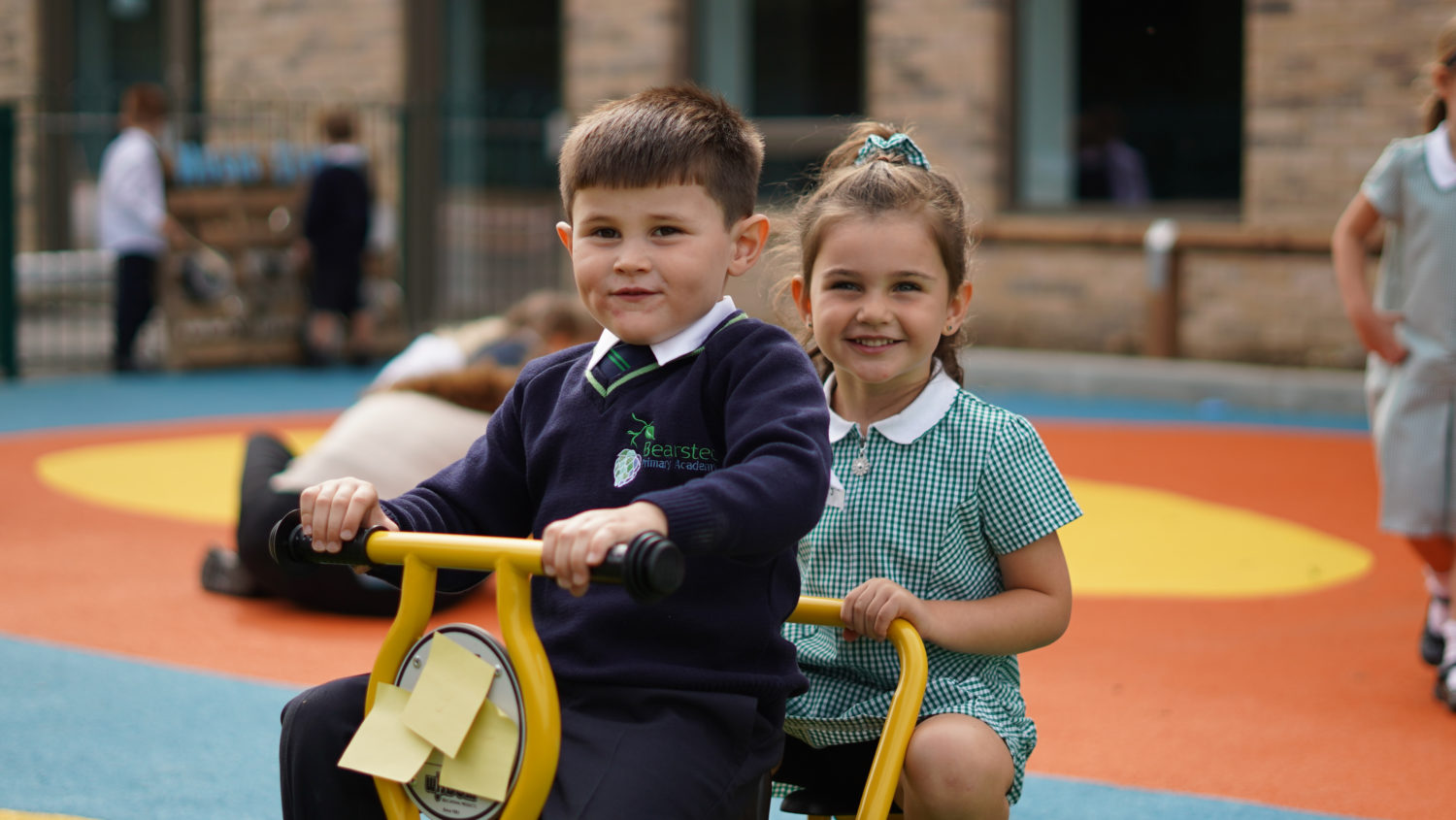This information is intended to provide clarity and transparency to pupils and parents or carers about what to expect from remote education if local restrictions require entire cohorts (or bubbles) to remain at home.
For details of what to expect where individual pupils are self-isolating, please see the final section at the bottom of this page.
The remote curriculum: what is taught to pupils at home
A pupil’s first day or two of being educated remotely might look different from our standard approach, while we take all necessary actions to prepare for a longer period of remote teaching.
Where pupils all have logins and access to their class Google Classroom, activities and resources will be uploaded in the first instance for all pupils to access independently or with the support of a parent or carer dependent on age group. If needed and possible, children will be sent home with a workbook to be able to record any home learning. Those pupils who do not have access to Google Classroom will be supported to ensure it is possible or that alternative resources are available.
We teach the same curriculum remotely as we do in school wherever possible and appropriate. However, we have needed to make some adaptations in some subjects.
Remote teaching and study time each day
We expect that remote education (including remote teaching and independent work) will take pupils broadly the following number of hours each day:
Primary school-aged pupils
There is a minimum expectation of 3 hours for remote learning. This will include a range of live sessions, pre recorded sessions, set activities and tasks plus assignment submissions. A timetable of when activities and sessions are to happen is sent to all families each week so to support the planning of homeschooling.
Accessing remote education
At Leigh Academy Bearsted we use Google Classroom as our learning platform where all information, teaching and learning, is set. We conduct Live Learning sessions using Google Meet and which are then recorded and shared on Google Classroom. The code for the live sessions is found on the Google Classroom Stream and can only be accessed by members of the class.
We recognise that some pupils may not have suitable online access at home. We take the following approaches to support those pupils to access remote education:
- If a child is in need of a device and fit the government’s criteria for IT support found here https://www.gov.uk/guidance/get-laptops-and-tablets-for-children-who-cannot-attend-school-due-to-coronavirus-covid-19 , we ask that families contact the office via info@bearsted.latrust.org.uk so we can source a device for that child as soon as possible.
- Families will be asked to complete a LAT loan agreement for the device and will be given all the necessary equipment to go alongside to ensure it is fully functioning. If families are needing support with internet access, please see the following information: https://get-help-with-tech.education.gov.uk/internet-access
- Pupils who do not have access to a computer and are in need of paper copies of activities to support learning at home, will need to notify the office via info@bearsted.latrust.org.uk, so a learning pack can be created each week and collection of the pack can be arranged
- Families who are accessing learning packs will be able to return completed work when collecting their next learning pack. All returned work will be placed in quarantine for 72 hours.
We use a combination of the following approaches to teach pupils remotely:
- live teaching (online lessons)
- recorded teaching
- printed paper packs produced by teachers (e.g. workbooks, worksheets)
- commercially available websites supporting the teaching of specific subjects or areas, including video clips or sequences
Engagement and feedback
- Our expectation of pupils is to join in with live sessions as much as possible, followed by completing tasks and sharing them within the assignments folder. If a child is unable to join in live sessions then they must watch the recording when possible. They must regularly check in with their teacher and show active engagement in learning.
- We expect parents to support children in accessing the learning resources and live sessions when possible and to read the posts from teachers which guide and support parents and are uploaded the evening before a day’s learning. If parents are unsure or are needing support we ask that they contact the class teacher via Google Classroom or email us at info@www.leighacademybearsted.org.uk
- For each live session a register is taken to track pupil engagement. Learning submitted in the assignment folder is also tracked as well as how active pupils/parents are on Google Classroom through comments. The IT team also produce a weekly report to see who has accessed their emails and Google Classroom
- Parents/carers of pupils who are not actively engaged in learning and have not logged onto Google Classroom will be contacted by the school to see if any support is needed and to remind parents of the importance of engaging. If there is still no engagement the Principal will get in contact and discuss alternative support and notify parents that learning is being monitored.
Feedback can take many forms and may not always mean extensive written comments for individual children. For example, whole-class feedback or quizzes marked automatically via digital platforms are also valid and effective methods, amongst many others. Our approach to feeding back on pupil work is as follows:
- Pupil’s work will be monitored and checked by teachers throughout the school day. It will be commented on and acknowledged and electronically handed back to pupils alongside being awarded points for engagement and the work they achieve.
- Each pupil will receive an acknowledgment when they post onto the Google Classroom stream. At the end of the week, once all learning has been handed in a more in depth response will be given with comments on individual pieces of work.
Additional support for pupils with particular needs
- We recognise that some pupils, for example some pupils with special educational needs and disabilities (SEND), may not be able to access remote education without support from adults at home. We acknowledge the difficulties this may place on families, and we will work with parents and carers to support those pupils in the following ways:
- Families of pupils with SEND will be regularly contacted by the academy SENCO to ‘check in’ and to be of support to both the pupil and parents. Additional resources and packs will be sent out tailored to the learners needs to support learning at home.
- Families who have children in reception and/or Year 1 will receive additional ‘parent support’ guidance on Google Classroom alongside the resources set for learners so they best know how to support their child, carry out activities and access learning.




